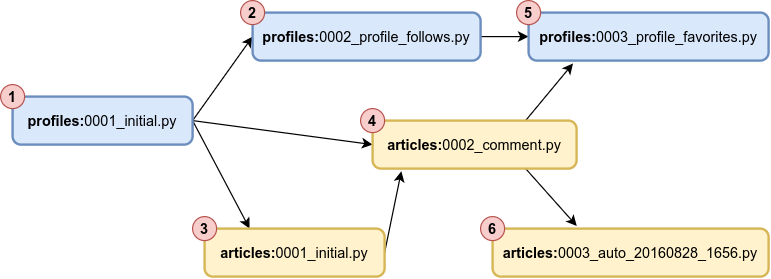Static Integer Types
In this post I’m considering the design of fixed-width integer types in statically typed languages. By “statically typed” I mean types which are enforced at compile-time [1] whether they are explicitly spelt out in source code or inferred by the compiler. By “fixed width” I mean integers which fit within a number of bits determined at compile-time. These come in two flavours: those where the number of bits is the same on all platforms (e.g. u32 typically means “an unsigned 32-bit integer); and those where the bits are parameterised by the platform (e.g. Rust’s usize might be 16-bits, 32-bits, 64-bits or bigger depending on the underlying platform). I won’t be considering floating point numbers, arbitrarily-sized integers (i.e. those whose storage size varies at run-time depending on the number they are storing), or the like.
An obvious question – and one that I imagine most new programmers have – is why do we have more than one integer type? Why, on a 64-bit machine, do I not always use 64-bit integers? There are various possible explanations, but to me two stand out. First, we often have to interact with things (from external libraries to the hardware we’re running on) that require integers of certain widths. Second, even though our computers often have large quantities of DRAM, memory is not infinite, and even when there’s plenty of free memory, using it wastefully can slow programs down. For example, imagine that I’m writing a system which records students’ marks out of 10: I only need 4-bits to represent all the valid marks, meaning that I need 16 times less memory relative to a 64-bit integer. If my program records lots of students' marks, then the memory saving between 4-bits and 16-bits will probably have a noticeable effect on the program’s performance, because the caches in modern CPUs are tiny relative to DRAM. For example, my desktop computer has 32GiB DRAM but the L1 cache (split into two equal-sized sub-parts for instructions and data) is a mere 64KiB (about 0.000002% the size of DRAM): saving memory is an effective way of improving program performance.









:quality(70)/cloudfront-us-east-1.images.arcpublishing.com/cmg/L4IGXEIABZHX7GJ3YYEM5NE35M.jpg)







